Aneurysm With MHD (Magnetic Field) CFD, ANSYS Fluent Tutorial
Aneurysm With MHD (Magnetic Field) CFD, ANSYS Fluent Tutorial
- Upon ordering this product, you will be provided with a geometry file, a mesh file, and an in-depth Training Video that offers a step-by-step training on the simulation process.
- For any more inquiries regarding the product, please do not hesitate to reach out to us at info@CFDLAND.com or through our online support assistant.
€235 Original price was: €235.€165Current price is: €165.
A brain aneurysm is a weak, bulging spot on the wall of a blood vessel in the brain, often appearing at junctions like the Circle of Willis. This condition poses a significant health risk because if the weak wall ruptures, it can cause a life-threatening hemorrhagic stroke. To monitor these dangers, doctors rely on advanced diagnostic tools like Magnetic Resonance Imaging (MRI). However, MRI machines produce a very powerful and Uniform Magnetic Field, often between 1.5 and 3 Tesla. Blood is an electrically conductive fluid, and when it flows through this field, it creates a complex interaction known as a Magnetohydrodynamic (MHD) effect. This effect can change blood flow patterns and pressure inside the delicate aneurysm sac. Understanding this interaction is a critical engineering challenge for ensuring patient safety during diagnostics. To investigate this safely, a powerful Aneurysm With Magnetic Field CFD simulation is the best possible tool. This MHD Fluent study is based on the methods presented in the important research paper by Cardona Taborda, M. [1].
- Reference [1]: Cardona Taborda, Melisa. Blood flow computational characterization inside an idealized saccular aneurysm in presence of magnetic field. Diss. 2019.
- Reference [2]: Mehra, Manik, et al. “Intracranial aneurysms: clinical assessment and treatment options.” Biomechanics and Mechanobiology of Aneurysms(2011): 331-372.
- Reference [3]: Xu, Jinyu, et al. “Combined effects of flow diverting strategies and parent artery curvature on aneurysmal hemodynamics: a CFD study.” PloS one9 (2015): e0138648.


Figure 1: The most common locations for a saccular aneurysm, which is the focus of this Magnetic Field CFD study [1].
Simulation Process: CFD Modeling Pulsatile Blood Flow with the Fluent MHD Module
The simulation process began by building an accurate 3D model of a saccular brain aneurysm. The geometry was based on a common location, the anterior communicating artery (ACoA), and included a realistic 60º curvature. To capture the complex shape, a high-quality Polyhedra mesh was generated using ANSYS Fluent Meshing. Blood is a complex, non-Newtonian fluid, so the Herschel-Bulkley model was used to accurately simulate how its viscosity changes with flow speed.
The core of this simulation is the MHD (Magnetic) CFD setup. We activated the built-in MHD module in Fluent to apply the external magnetic field. The flow was modeled as laminar, transient, and incompressible. To replicate the natural rhythm of the heart, a pulsatile flow was defined at the inlet boundary using a custom velocity profile.

Figure 2: The 3D model of the Saccular Brain Aneurysm used for the Aneurysm With Magnetic Field Fluent simulation [1].
Post-processing: Analysis of Magnetic Field CFD Effects on Aneurysm Hemodynamics
The simulation results tell a clear, two-part story: one about the blood flow itself, and one about the invisible magnetic forces acting upon it. First, the velocity contours in Figure 3 show that blood flows quickly through the main artery, reaching speeds of 1.12 m/s. However, when this flow enters the wide, balloon-like aneurysm dome, it slows down dramatically, creating a large, slow-moving vortex. This is a dangerous area of flow stagnation. The Wall Shear Stress (WSS) analysis provides direct proof of this. In the healthy artery, the WSS is high (14.69 Pa), which is good for the vessel wall. But inside the dome, the WSS drops to an extremely low 0.106 Pa. This area of low WSS and stagnant flow is strongly linked to aneurysm growth and the risk of rupture, making it a key area of concern in any Magnetic Artery CFD study.
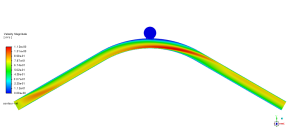
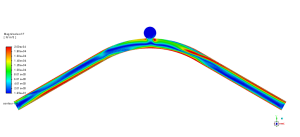
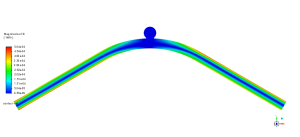
Figure 3: Contours of velocity, current density, and magnetic field in the MHD CFD simulation of the aneurysm.
Now, we introduce the magnetic field. The simulation shows that the electromagnetic forces are not uniform; they are concentrated in the areas of fastest-moving blood. The contours in Figures 3 and 4 show that the highest current density (2.0e+04 A/m²) and the strongest Lorentz force (2.0e+04 N/m³) occur at the aneurysm neck and along the walls of the main vessel. This is because the Lorentz force is a product of velocity and the magnetic field. Where the blood moves fastest, the magnetic braking force is the strongest. The most significant achievement of this MHD Fluent simulation is demonstrating this dangerous combination: the aneurysm dome suffers from slow, stagnant flow (a hemodynamic risk), while the aneurysm neck is simultaneously subjected to the highest electromagnetic stress (an MHD risk). This detailed analysis provides critical insights for evaluating the safety of diagnostic procedures and developing new, safer medical technologies.
We pride ourselves on presenting unique products at CFDLAND. We stand out for our scientific rigor and validity. Our products are not based on guesswork or theoretical assumptions like many others. Instead, most of our products are validated using experimental or numerical data from valued scientific journals. Even if direct validation isn’t possible, we build our models and assumptions on the latest research, typically using reference articles to approximate reality.
Yes, we’ll be here . If you have trouble loading files, having technical problems, or have any questions about how to use our products, our technical support team is here to help.
You can load geometry and mesh files, as well as case and data files, using any version of ANSYS Fluent.
€155 Original price was: €155.€95Current price is: €95.

€195 Original price was: €195.€135Current price is: €135.

€240 Original price was: €240.€125Current price is: €125.

€195 Original price was: €195.€135Current price is: €135.

€120 Original price was: €120.€75Current price is: €75.



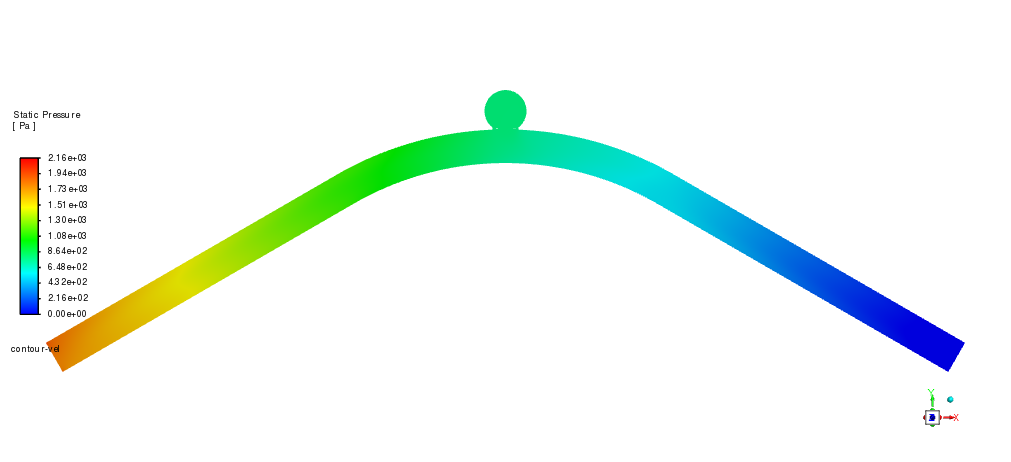

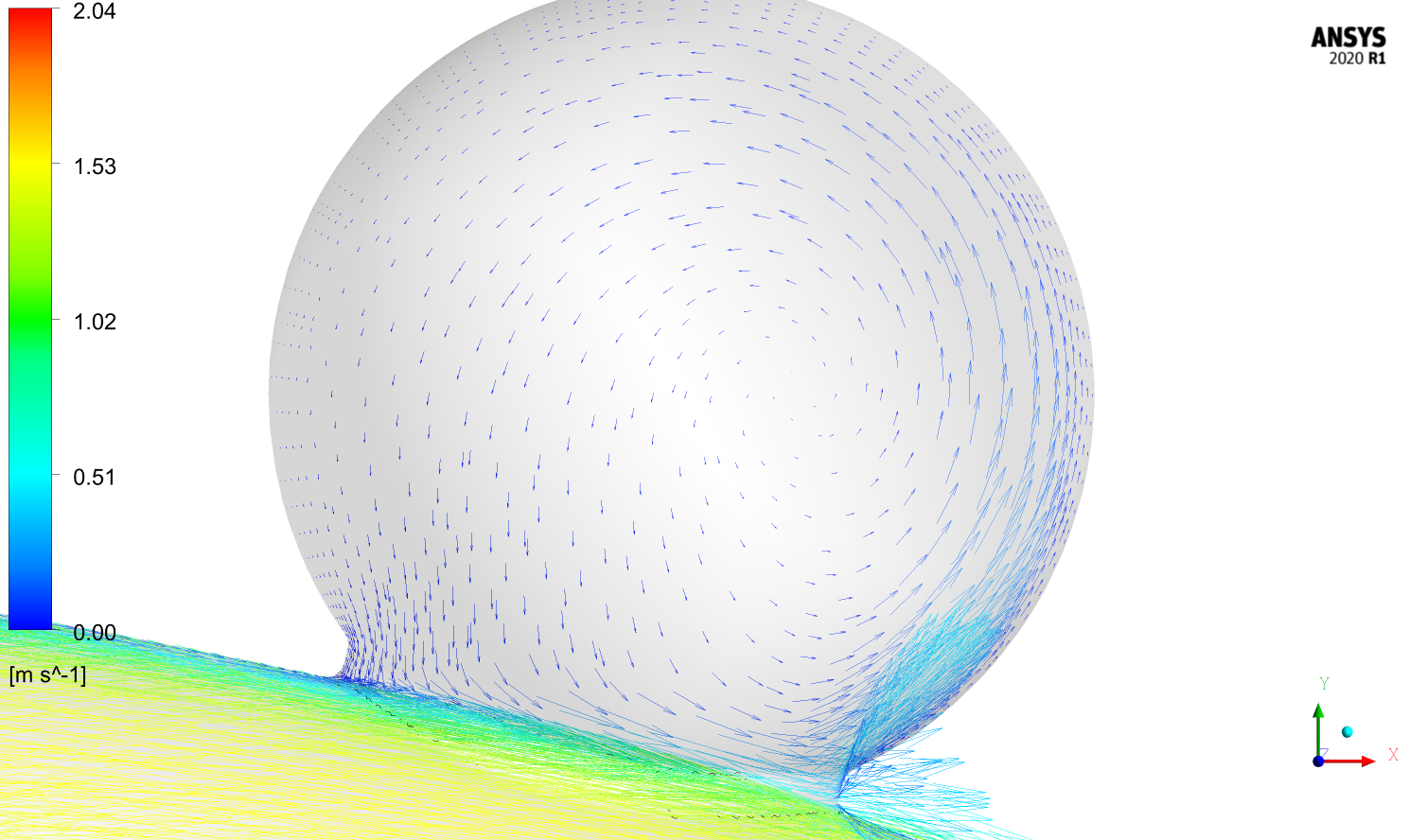



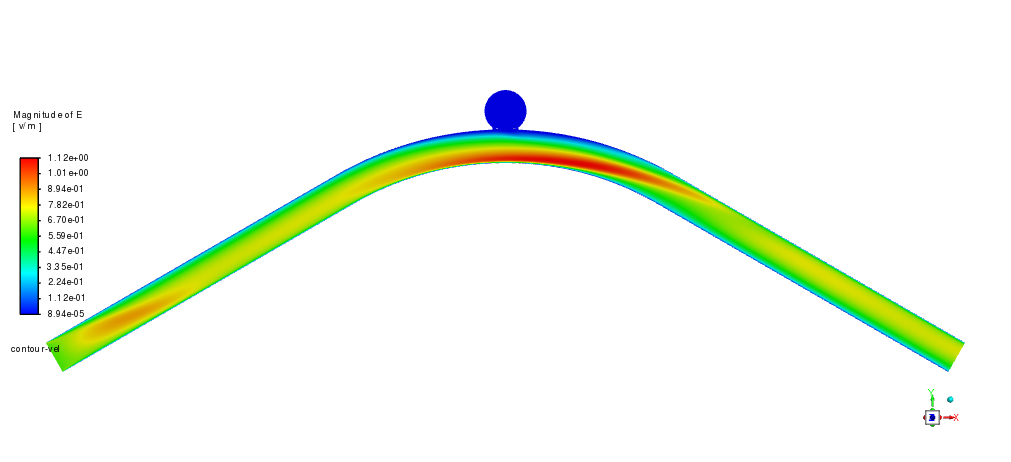
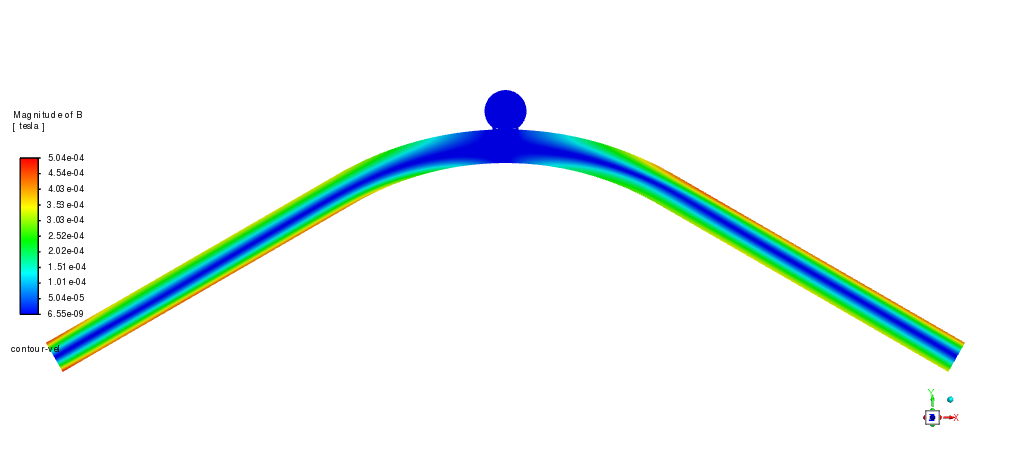
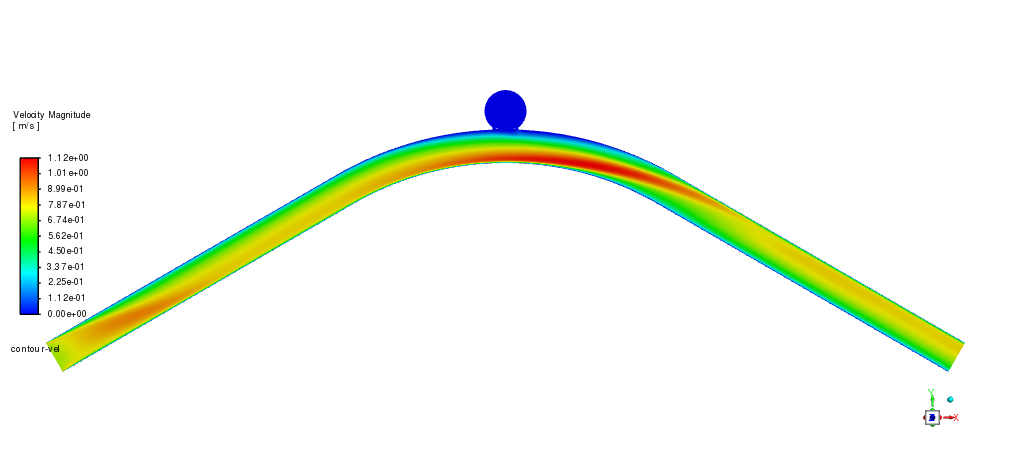










Reviews
There are no reviews yet.